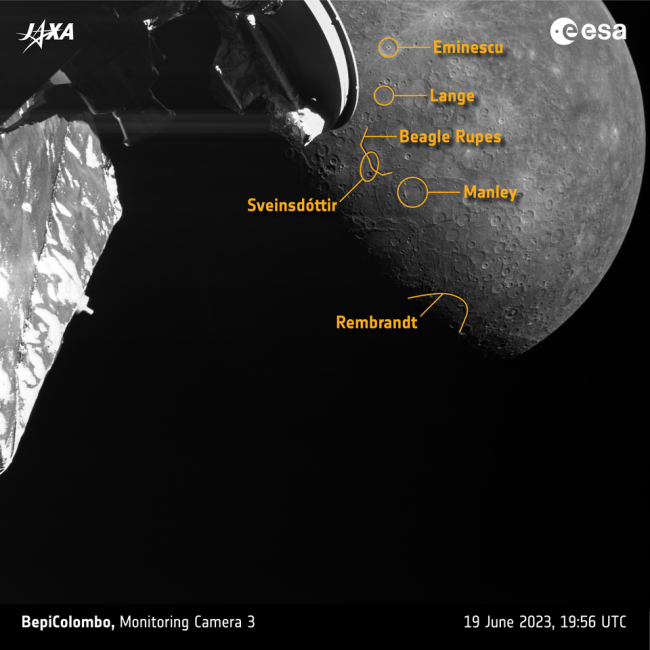I am constantly surprised at how insecure these some of the men are. The following screenshot came up in my Mastodon feed (unfortunately I didn’t save the link to the post, just the image and I can’t find it now) and I was flabbergasted. This is a screenshot from a ‘romance’ guide that is explaining how addressing a man by their name instead of calling them hey you is an example of Micro-cheating…

34 Ways Your Girlfriend Is Micro- Cheating (And Totally Getting Away With It) 29. Addressing a man by his name unexpectedly (e.g. “Hey, Doug” instead of just “Hey”), which breeds a strangely powerful sense of intimacy.
What on earth is wrong with people? Calling folks by their name is basic curtsy. I admit I am bad at it because I have a hard time remembering names but that is not something I am proud of and I try to go the extra mile to ensure that I memorize names.
A quick search gave me the site, and the examples they use in this ‘article’ are beyond idiotic. Search for the text from the example above and you will find it. I am not linking to it because I don’t want to send them more traffic. For example, #25 claims that “giggling“, yes you read that right is an example of Micro-cheating… Some more gems from the site:
9. Letting a guy she interacts with ever so briefly on the bus or in an elevator believe that he’s got a shot for a few precious seconds before getting on with her day.
Just because someone smiled at you doesn’t mean they are interested in dating you.
30. Addressing a man by his full name instead of the nickname he goes by (e.g. “Hello, Douglas”), which is secretly one of the most subtle but impactful ways to flirt.
I don’t like calling folks by their nicknames unless I know them well enough to use it (not talking about examples where Christian is shortened to Chris) and that doesn’t mean I am flirting with them.
34. Sending texts to a guy that are laced with more emojis than she typically uses when communicating with her besties.
These folks need to talk to a psychiatrist because they need help. They are being trained from a young age to only think about women a certain way and to expect every lady they meet to fall at their feet to fulfill their every desire. This is obviously not what happens in the real world and then these folks grow more & more militant and misogynistic causing huge problems for everyone around them. Some of them have actually killed people because they didn’t get what they thought was their right.
– Suramya
